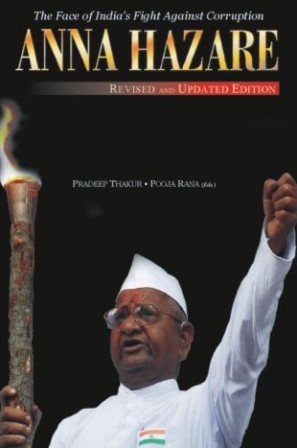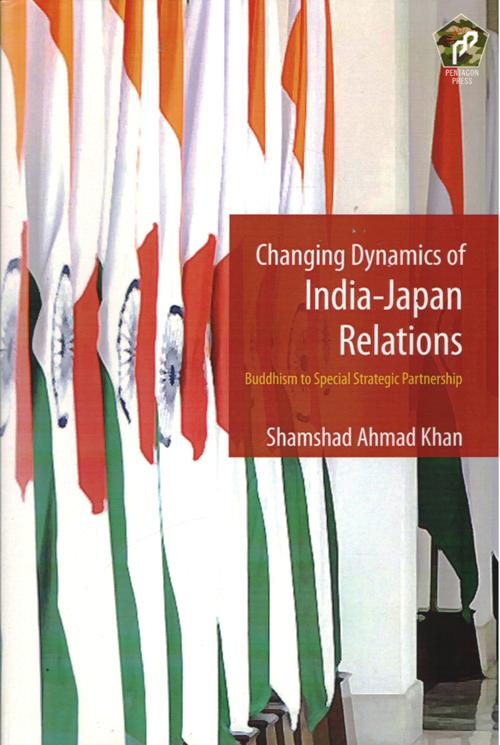Description
The war between the Israeli Defence Forces (IDF), and the Lebanese Shia militia Hezbollah in 2006 is a harbinger of future wars in the Middle East and other parts of the world. Unlike conventional war, it saw the most powerful army in the Middle East battling against a popularly-supported militant movement. What distinguishes this war is the question of feasibility that arises over the use of conventional warfare against an insurgent group relying heavily on guerrilla warfare and religious convictions.
Hezbollah is recognised as one of the best examples of fighting a hybrid war. In 2006, it shocked observers with the effectiveness of its fight against the IDF. Hezbollah displayed all the elements of hybrid warfare: the simultaneous use of a conventional arsenal, irregular forces and guerrilla tactics, psychological warfare, and terrorism with support from a multi-dimensional organisation and capable of integrating different sub-units, groups or cells into one united, large force.
The war between Hezbollah and Israel showed that the former had created an arsenal of both a quality and quantity unseen among other militant groups. Hezbollah levelled the asymmetry in its fight with the IDF and exploited the weaknesses of its enemy. Hezbollah was especially effective with combining local, village units with experts using rocket launchers and anti-tank guided missiles, which caused the majority of Israeli losses in terms of equipment (including 50 Merkava tanks).
In 2006 Hezbollah used 3,790 artillery rockets. This intensive fire was not militarily effective but it terrorised the north of Israel, paralysed the country`s economy and forced over a million civilians to temporarily evacuate. The psychological effect of these strikes was enormous. During the 34-day conflict, Israel was forced to mobilise around 30,000 soldiers and reservists. In the end, 119 troops were killed and 1,244 injured and 42 civilians were also killed.
Hezbollah`s mastery of unconventional warfare is visible also in its large media propaganda apparatus, which includes TV Manar and Radio Nour. It is also a mostly successful case of a non-state actor sponsored by a state (Iran) which is a crucial political force in its own primary country (Lebanon) with military capabilities for conflict with other state armed forces (IDF).








Reviews
There are no reviews yet.